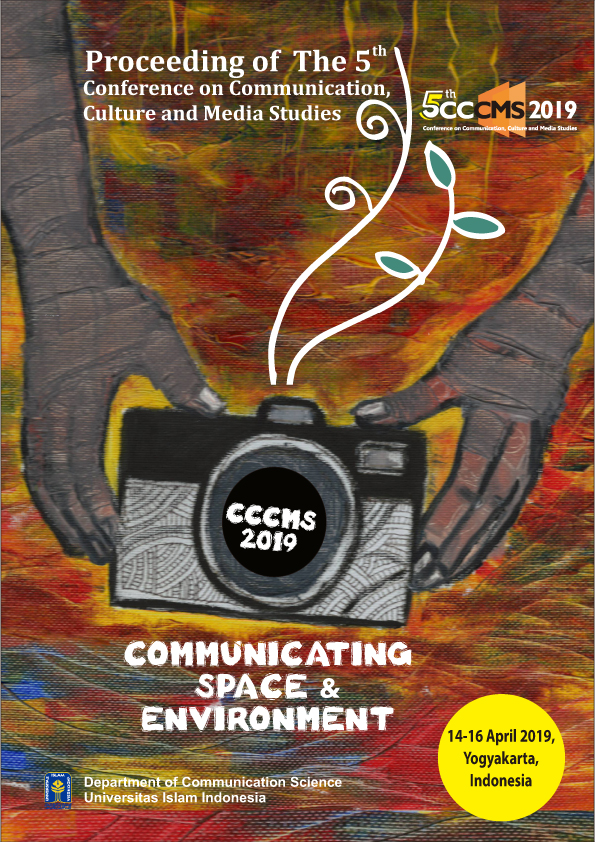Main Article Content
Abstract
The Citarum Rivers is a 225 kilometer long river, flowing from upstream in the Gunung Wayang area to the south of Bandung to the north Bandung and empties into Karawang City. Now, the condition of the Citarum river is very dirty, full of household waste, manufactory waste, human waste, medical equipment waste, and cattle manure from cow milking factories. The Citarum river is used as a source of life in some iirigated areas, so the damage condition of the Citarum river environment is very apprehensive. Now, there are no more fish that live in the Citarum river flow because of the high lead and chemical poisons due to factory waste being dumped into the river. In fact, one well-known newspaper reported that fish in the Jatiluhur dam are now polluted with lead waste which is dangerous if consumed by humans.Given the importance of preserving the Citarum river, various movements to save Citarum began, both by the government, the private sector, environmentalists and academics.This study explores the forms of environmental communication in the Harum Citarum Program made by the government, specifically by the Ministry of Higher Education Research (kemenristekdikti), with case studies on communities on the edge Citarum River of Cicendo District and Cibeunying Kaler District, Bandung City. This researsh use of qualitative paradigm with case study method. Data collection research uses in-depth interviews, observations involved and literature studies. The purpose of this research is to support the Harum Citarum Program made by the government, through deepening the character of the community and finding the right form of communication in preserving the Citarum River. The results showed that the local wisdom of the river edge community in Cicendo Subdistrict with Cibeunying Kaler Subdistrict community had very different characters which influenced the public perception in both regions of the pollution and repair of the Citarum river environment. The characteristics of different societies also cause differences in the form of appropriate environmental communication, where the form of environmental communication for the Cicendo District community is based on primary needs, while the right form of communication for the community of Cibeunying Kaler is based on strengthening institutions, regional institutions and task forces (satgas). Key words: Citarum River pollution, environmental communication strategy, local wisdom.
